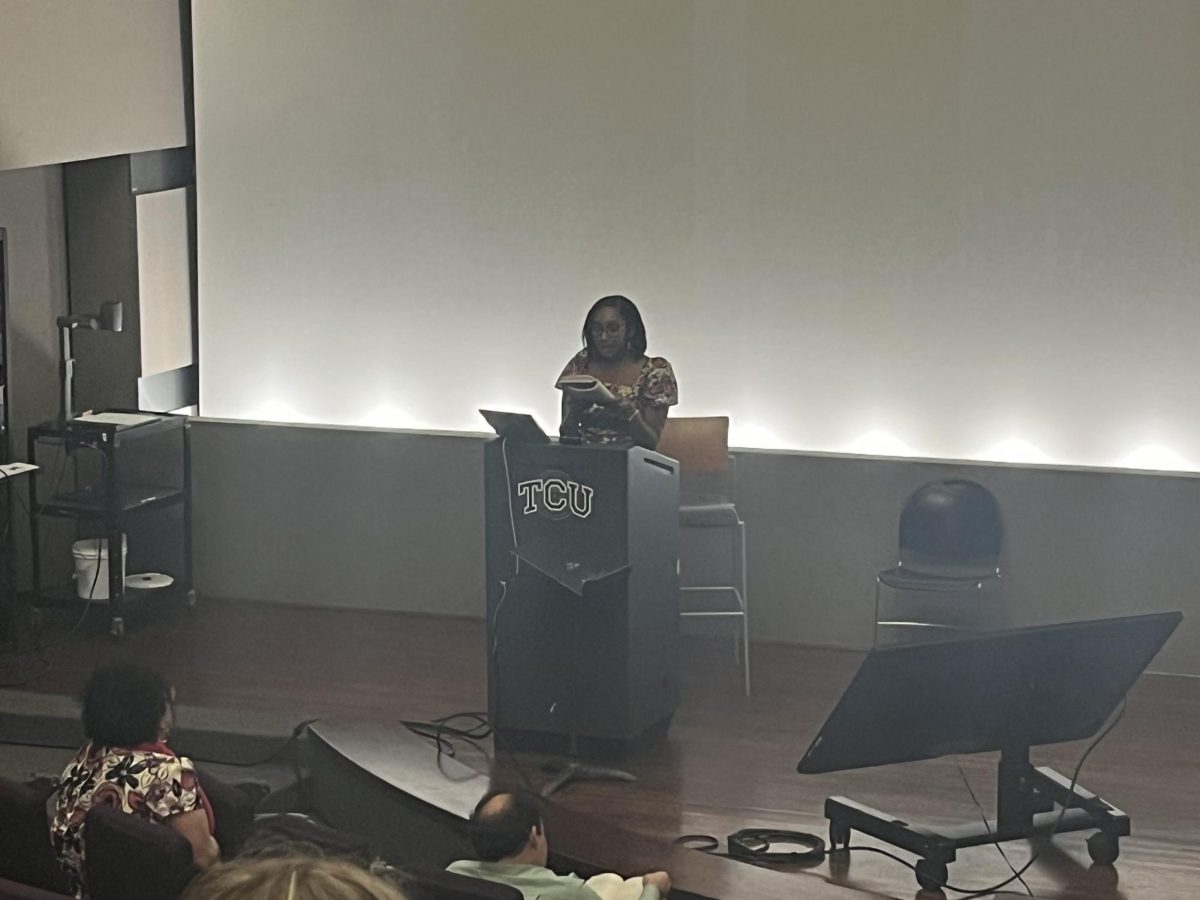Go ahead and complain why Matt Purke, the invincible, flame-throwing, 2010 College World Series hero isn’t pitching up to par this year.
Go ahead and worry what TCU won’t even make it to Super Regionals, much less to Omaha, because their ace is no more.
Go ahead and wish the TCU pitching staff has the “old” Purke, the undefeated, National Freshman of the Year, Purke.
In case you weren’t at Lupton Stadium Saturday afternoon, TCU beat New Mexico 11-4 in game that Purke started. The lefty didn’t pitch half bad either. In fact, for the majority of his outing, he looked a lot like the “old” Purke, striking out 6 Lobos and holding them scoreless through five innings.
But then, he hit a wall.
Walk, strikeout, hit-by-pitch, RBI single, hit-by-pitch, hit-by-pitch, exit.
That was Purke’s sixth inning sequence that allowed a run, spoiled his outing, and left the bases loaded for reliever Trent Appleby. Appleby would give up an RBI single on his first batter but force the next hitter to fly out to end the inning.
Purke’s final line: 5 2/3 IP, 2 ER, 7 K.
Fine outing for most college pitchers, but when you’re a preseason first-team All-American who went 16-0 as a freshman and you leave the game after hitting three of your last four batters, things aren’t so bright and cheery.
And, to add injury to insult, as good as Purke was through five innings Saturday, his fastball was consistently average, staying around 89-92 mph, and topped out at 93.
Purke’s fastball speed in the 2010 Austin Super Regionals? 97 mph.
Big difference there, and despite the thorough baseball knowledge of some of the Lupton patrons, many of them can’t figure out why Purke’s velocity and stamina has dropped. That’s probably why one of the “fans” sitting close to the TCU dugout had some choice words for Schlossnagle for not pulling Purke earlier.
What does Schlossnagle know? All he did was take a team to Omaha.
Anyway, the reason behind Purke’s lack of velocity so far, is pretty easy to figure out. It just takes some common sense and a minor lack of ignorance.
His arm isn’t in shape.
At least not yet.
You see, after carrying the Frogs to the World Series last June, Purke wisely took the rest of the summer and all of the fall off to allow his arm to recover.
On the flip side, junior Kyle Winkler, who has a starter-low ERA of 1.26, consistently throws in the mid-90s, and struck out 15 Air Force batters last week, kept throwing last summer when he played for Team USA so when he came out this spring his arm was still relatively in shape.
“It’s an up and down process,” Purke said. “I really haven’t, in my mind, peaked to the level where I’ve been at. I haven’t been able to build up arm strength like some of the other guys on the team have.”
Basically, the throwing work Purke normally would do in the offseason – throwing bullpen, getting his arm fully in shape, etc. – he’s having to do it now in the middle of the season in pressure situations just once a week.
What does this mean for the TCU pitching staff? The more Purke pitches, the stronger he gets, not the other way around, like it is for most pitchers.
Instead of having to worry about burning him out in the regular season, Schlossnagle can throw Purke as much as he wants, and feel comfortable doing it, because he knows that when TCU enters postseason play in May, Purke will be fresh and peaking, not gassed and fatiguing.
Put enough positive spin on it and the situation almost seems a bit unfair.
Think about it. A preseason All-American pitches at around 80% strength for the first two months of the season and is 4-1 with a 1.47 ERA. That same pitcher continues to pitch, gets his arm in shape, and is even better by the end of May. Then, add him to a rotation that has two guys (Winkler and Steven Maxwell) with a 9-1 combined record and ERAs both under 3.21.
Yeah, good luck facing that rotation in regionals.




